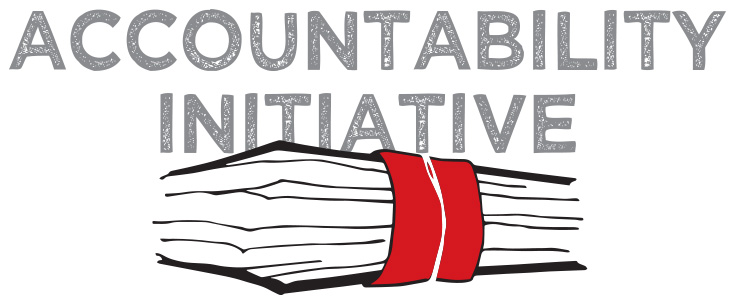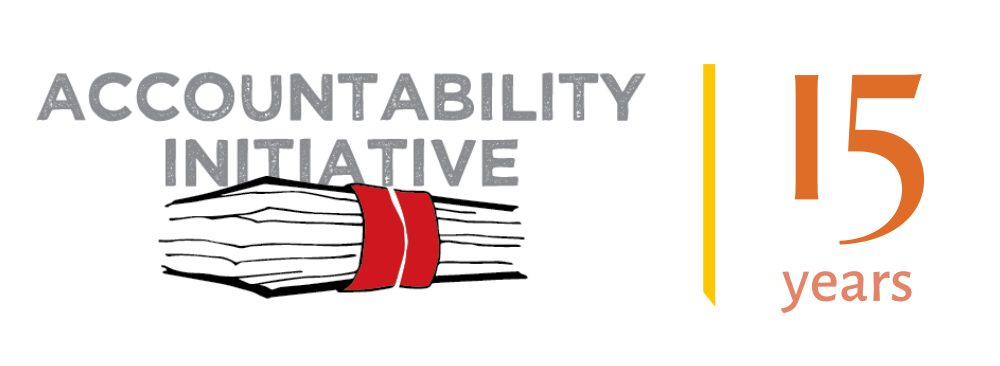
Why we don’t need this Lokpal Bill
5 August 2011
The Lokpal Bill 2011 is finally before the Parliament. This is a good time to question whether the taxpayer should be forced to bear the burden of creating this behemoth of an institution or whether its objectives can be met through alternative policy prescriptions. Now is a good time for a regulatory and judicial impact assessment of this proposed law.
Though a norm in better run governments elsewhere, assessing the need for legislations and the costs of enforcing them is not how we pass laws in India. Then we fret that our laws don’t give us the outcomes expected of them. Both the Lokpal/ Jan Lokpal Bills, despite their well-aired differences, essentially seek to establish an institution to enquire into acts of corruption by public servants. Both agree on the powers to investigate and facilitate prosecution of offenders under the Prevention of Corruption Act. Both seem to address issues like having special courts, declaration of assets by public servants, attachment of assets, etc.
Yet neither convinces on the need for yet another Ombudsman in the anti-corruption framework or talks of what’s to become of the existing one once the Lokpal comes into being. The Central Vigilance Commission (CVC) is already doing or at least superintending a significant part of what’s put on the plate for the Lokpal by both parties, including administering the Whistleblower law. If this law passes, the CVC will end up merely heading the administrative vigilance machinery advising and monitoring departmental proceedings of Group A officers of the Central government and the CBI, minus the anti-corruption work, will have lost its raison d’etre.
All the reasons which defeat swift investigations and prosecution of the corrupt like prior permission for investigation, sanction for prosecution, special courts, asset declarations, grievance redressal, etc. was always within the government’s power to change. The government has now acceded to removal of some of these impediments in its Lokpal Bill though it has left out significant issues like prior permission for investigation and the Citizen’s Charter enforcement.
A principle element of a regulatory impact assessment includes the use of available instruments because for a law to be effective, it must be able to achieve the policy objective at the lowest cost to the public. The policy goals of the proposed Lokpal and the present anti-corruption framework being largely the same, why not give the existing Ombudsman institution more teeth and independence with jurisdiction over all public servants of the Union including Ministers and MPs as well as a sterner PC Act, instead of re-inventing the wheel?
None of the proponents of the Lokpal idea have done their homework on what the real consequences of the new law would be to the exchequer and particularly on the court system. While the Constitution mandates presentation of a Financial Memorandum along with the Bill to indicate the expenditure involved in implementing a new law so that budgetary allocations could be made, this exercise has largely remained a casual effort limited to the expenditure on salaries of personnel if any authority or agency is created under the proposed legislation. The Financial Memorandum attached to the Lokpal Bill 2011 speaks of Rs. 50 crores as non-recurring and Rs. 100 crores as recurring expenditure and put likely infrastructure costs to Rs. 400 crores. These figures come without any judicial impact assessment to ascertain the likely impact on the judiciary due to the enactment of this new law. For one thing is sure, every decision of the Lokpal will end in the court. The judiciary and also the public should know if there’s money in the coffers for the additional workload in the courts or speedy justice to nail the corrupt will remain a mirage. And who is going to foot the bill for legal aid to the person complained against, that laughable largesse in clause 56 of the Bill?
Energies of the proponents of the Lokpal idea and public money could perhaps be better spent if there was some honest reflection on the intent of the original Lokpal/ Lokayukta as thought of by the first Administrative Reforms Commission (ARC) in 1966. The ARC had meant the Lokpal to be an institution that would redress citizen’s grievances and ensure high standards of efficiency, integrity and responsiveness in the public services. So the first Lokpal Bill of 1968 appropriately provided for creation of the Lokpal and Lokayukta “for investigation of administrative action taken by or on behalf of the government or certain public authorities” which would involve enquiring into complaints based on such actions against all public servants of the Union, including Ministers.
There is a need to distinguish maladministration and corruption. Maladministration requires evaluating the administration against stated policy goals or enquiring into complaints from the public. The aim should be to help improve policy implementation, identify possible loopholes in the law that is contributing to tardy implementation and also identify acts of corruption and recommend prosecution of public servants and others involved in it.
What we don’t have and we want is a set up like what was suggested by the ARC in 1966. The Karnataka Lokayukta Act 1984 modeled on the same ARC recommendations has just delivered a damning report on illegal mining and the people behind it. It’s mandate was to enquire into various aspects of illegal mining during a specified period, identify violations of the law, fix responsibility, identify loss to the exchequer and suggest remedial measures. If there is to be Lokpal at the Centre, let us look at the original model.





